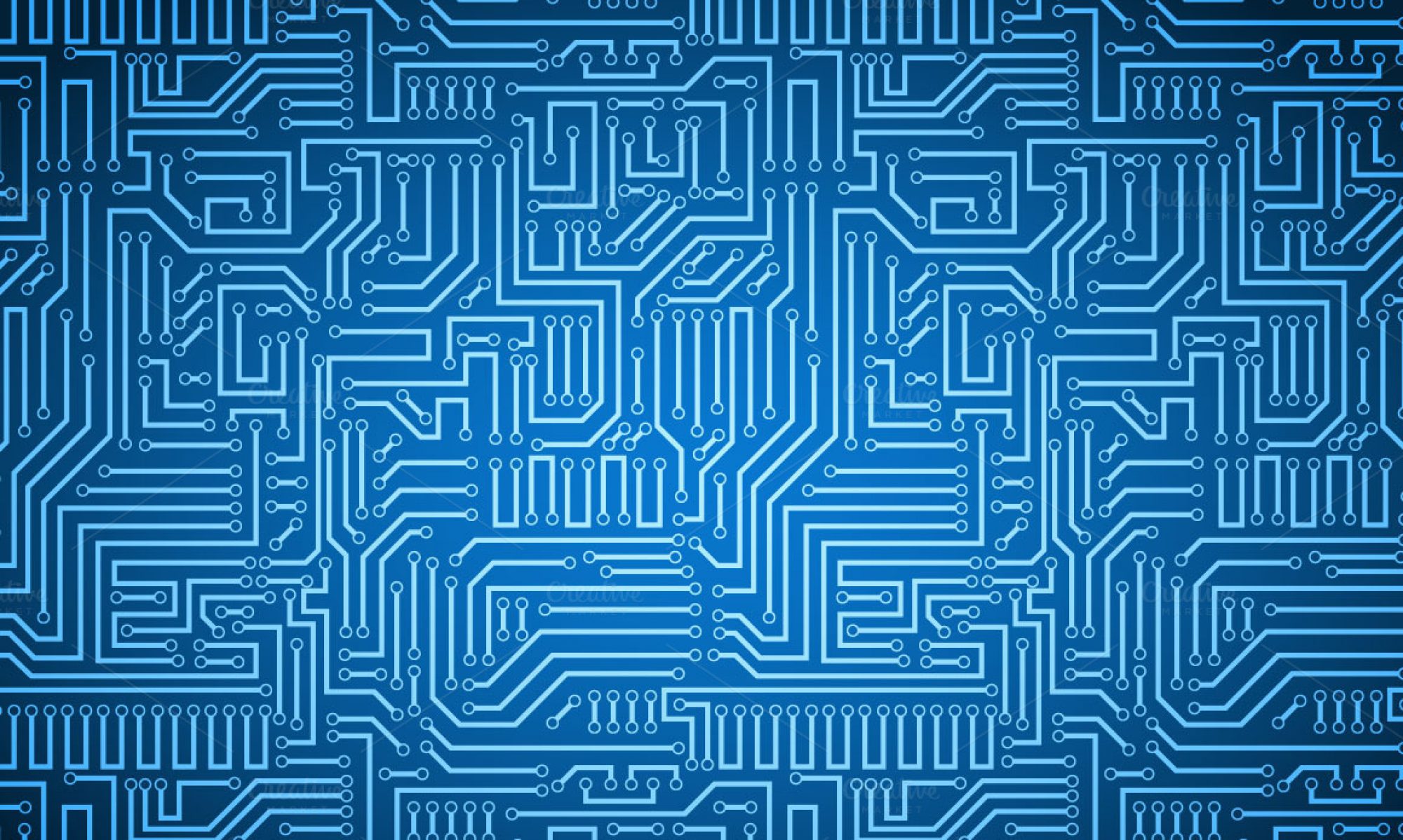This paper forwards the work of Zheng et al. by improving the temporal resolution of FPM.
FPM depends on many different angles of illumination to encode different Fourier space information into each low resolution image. The multiplexing technique posits that an image with multiple illuminating LEDs is equivalent to the sum of images under each component illumination, provided the LEDs are a sufficient distance apart. Instead of using M images, we can use one image illuminated by the same M LEDs. This reduces the exposure time of each image by M and decreases the overall size of the low resolution dataset.
Tian et al. successfully implemented their multiplexed data collection strategy. By reducing the size of the low resolution dataset, they speed up data collection and use less memory on data storage. They also reduce data collection time by reducing exposure during imaging, as using many LEDs increases the overall brightness of each image.
This technique offers a marked improvement over standard Fourier Ptychography but still depends on the collection of many low resolution input images and a fairly slow iterative reconstruction algorithm. Even with multiplexing, FPM is significantly slower than traditional single-shot microscopy.
